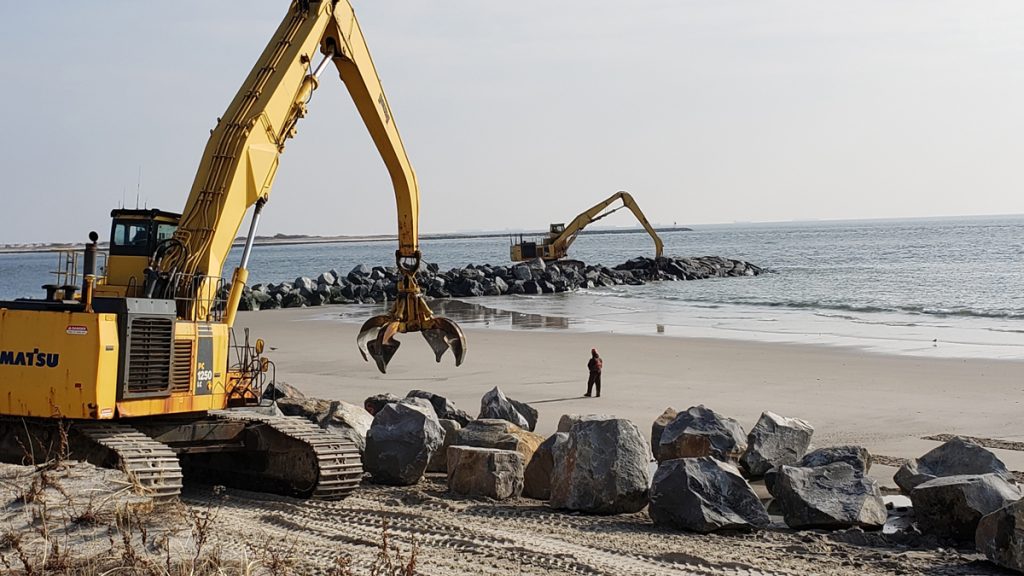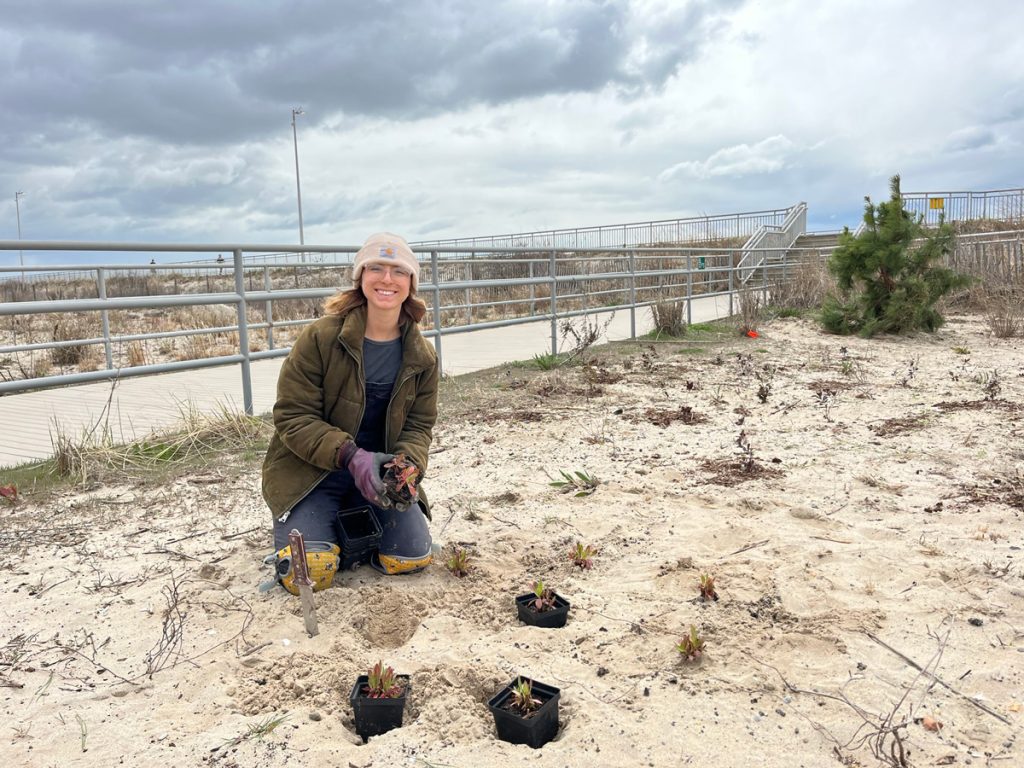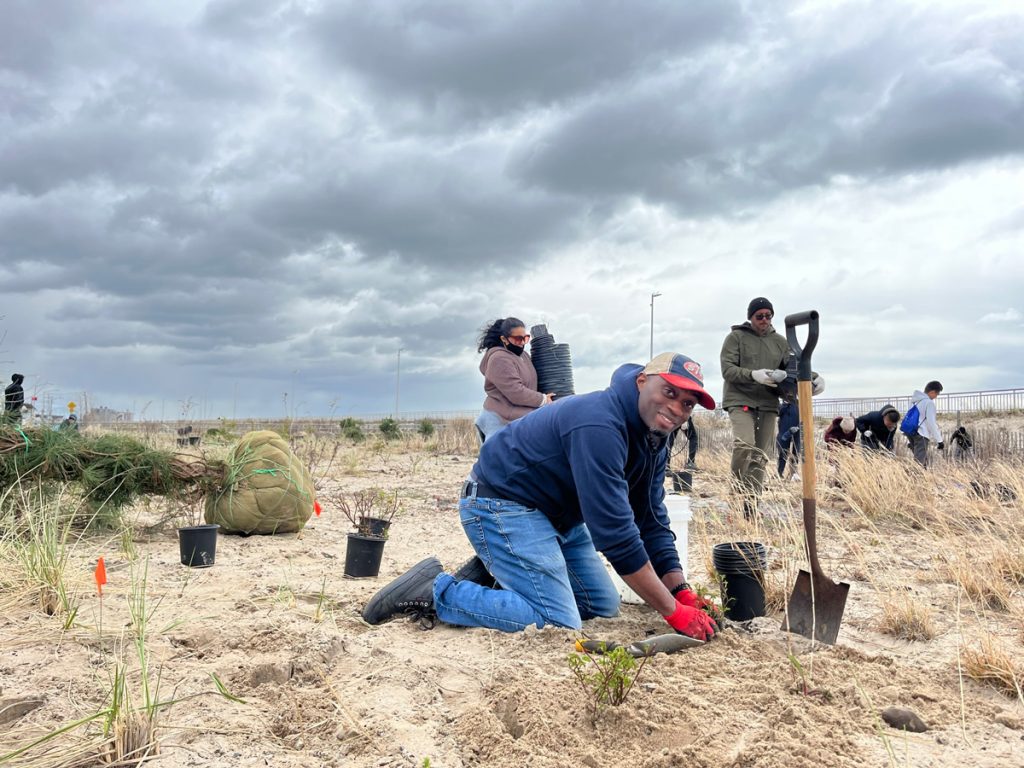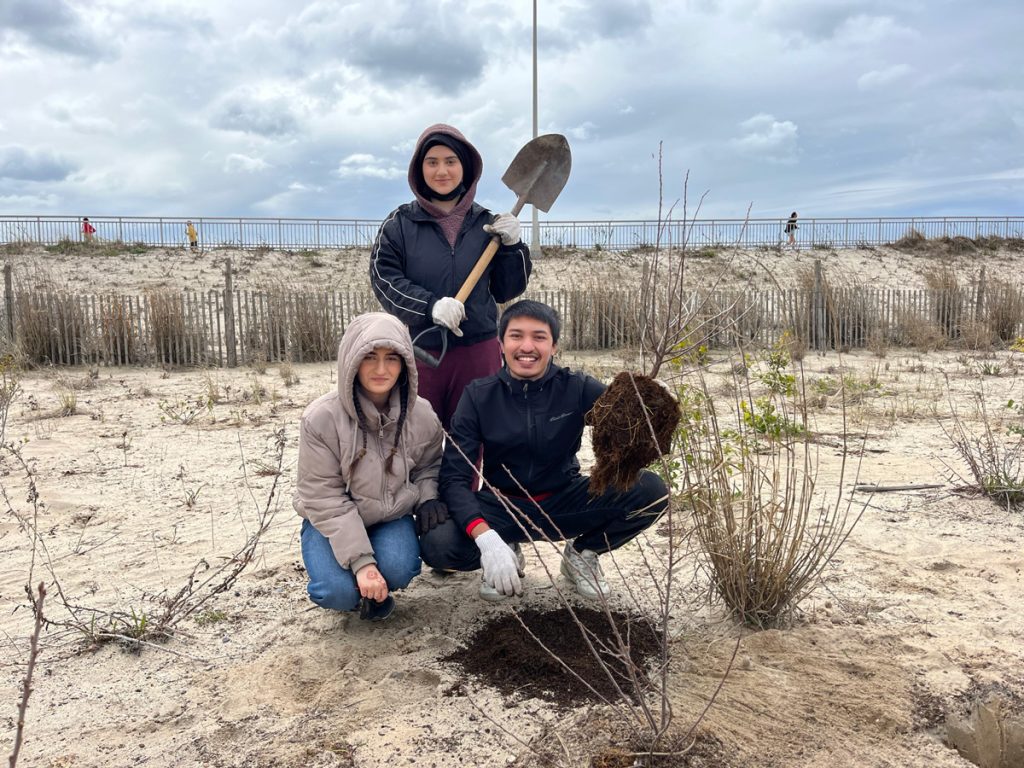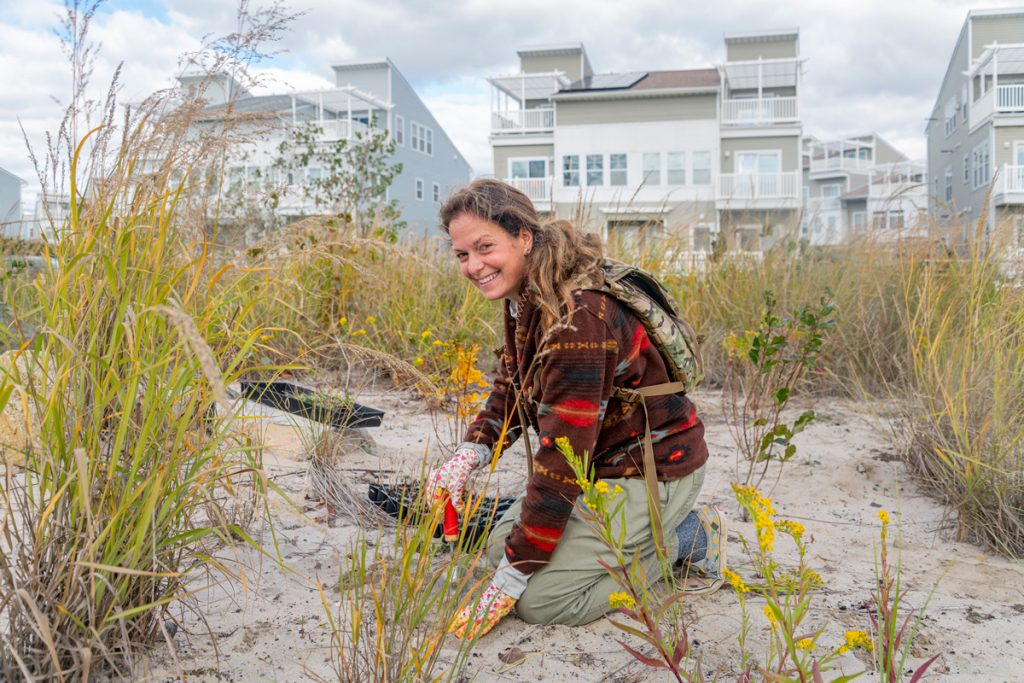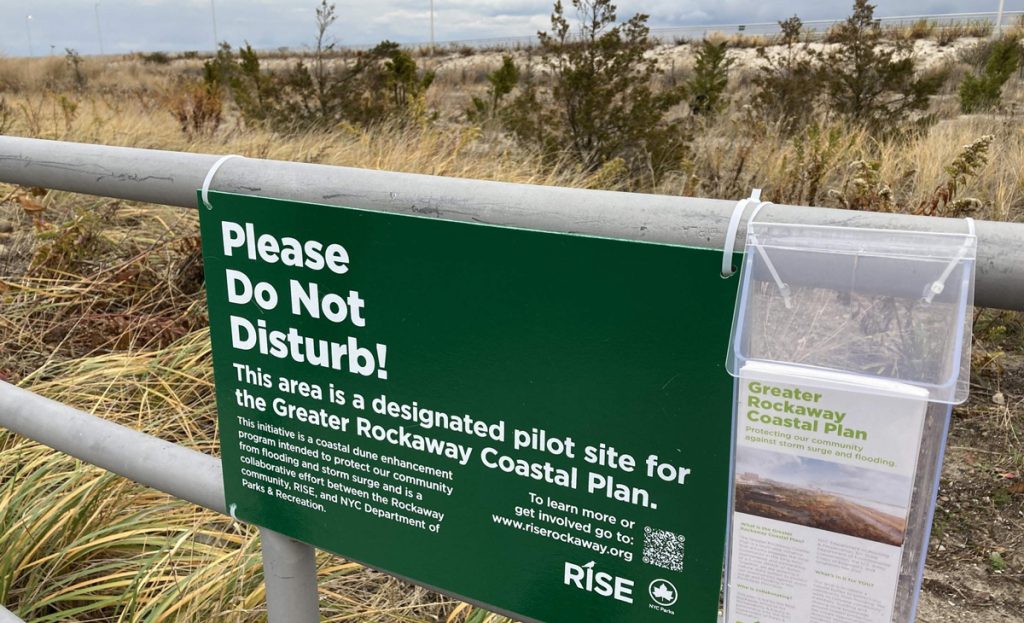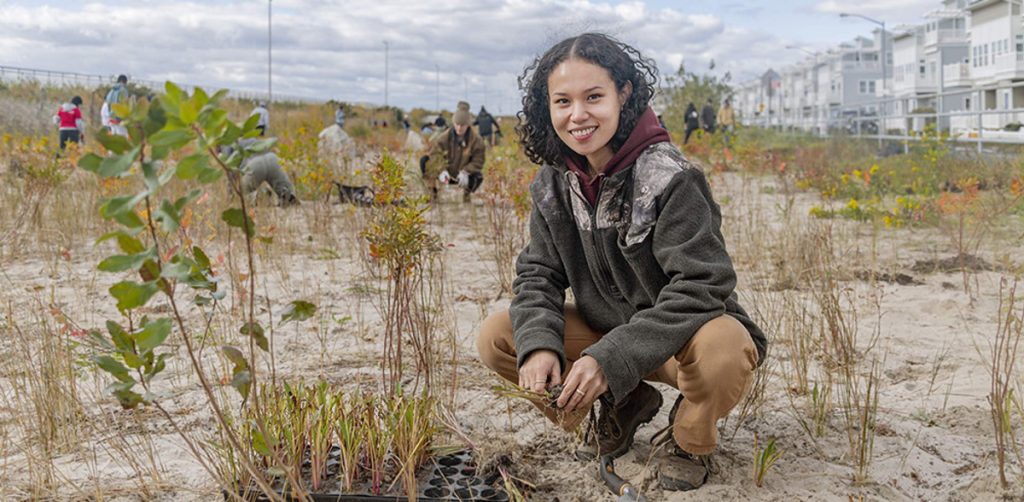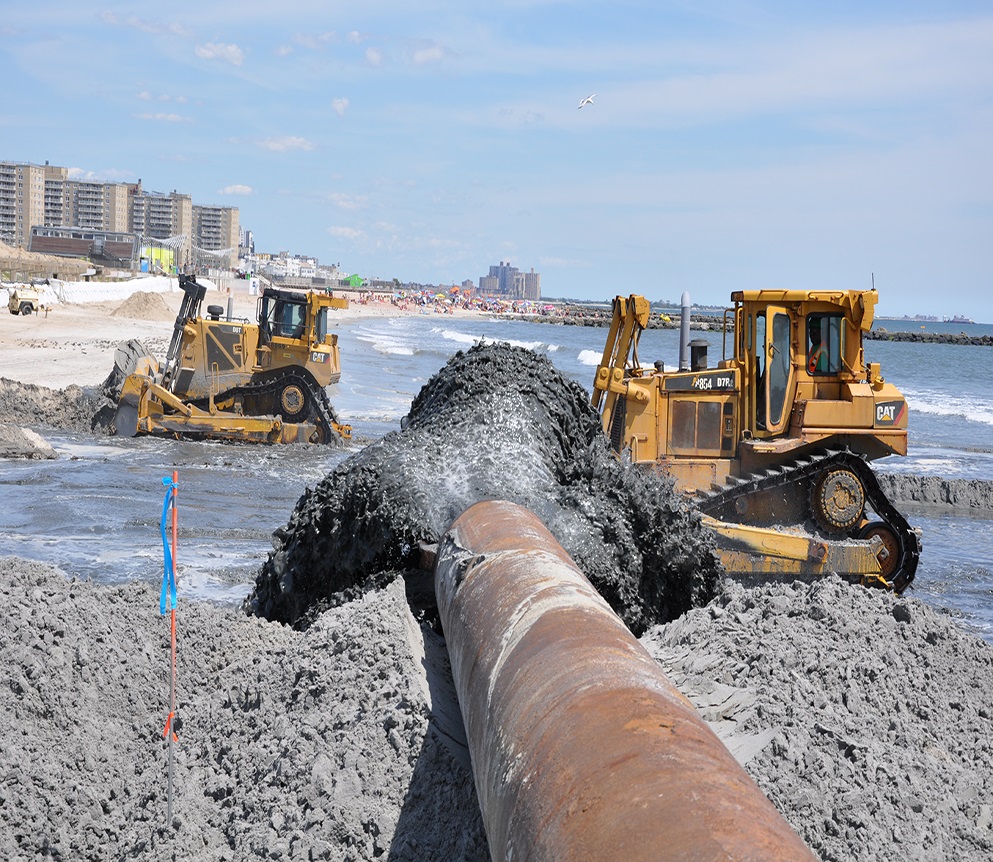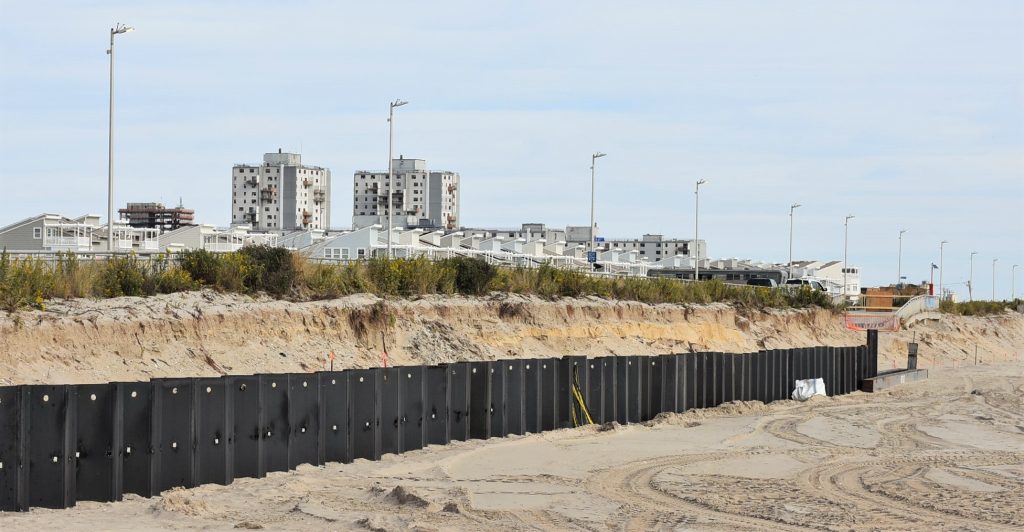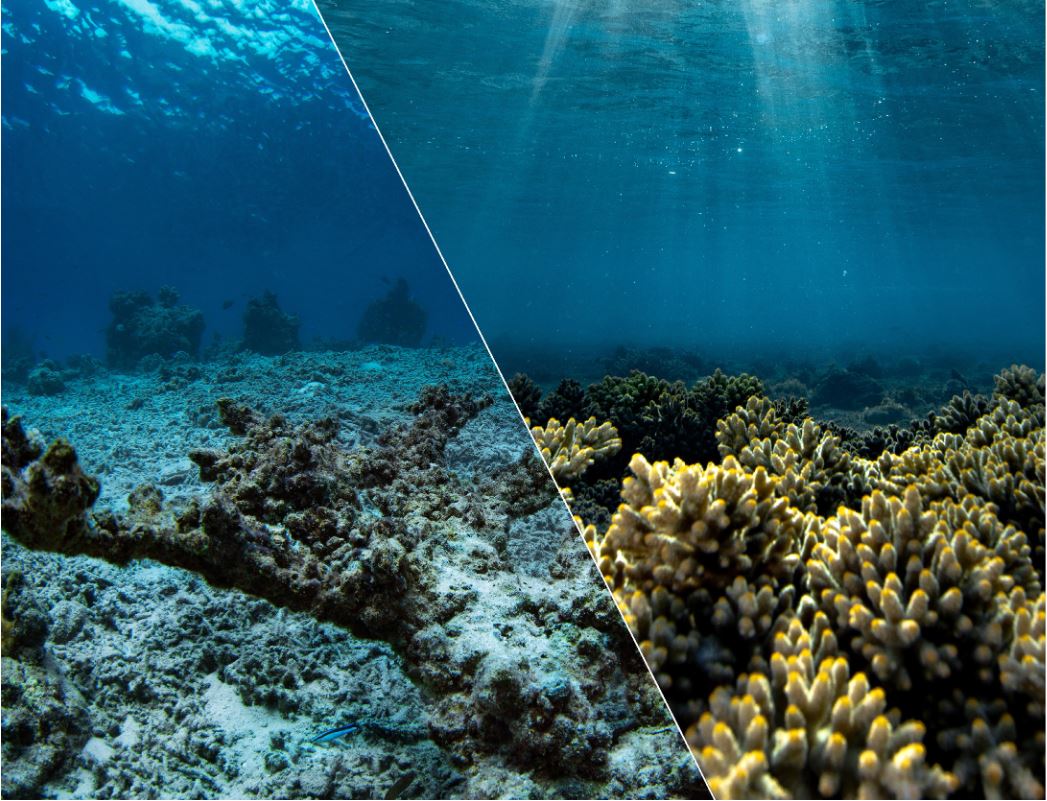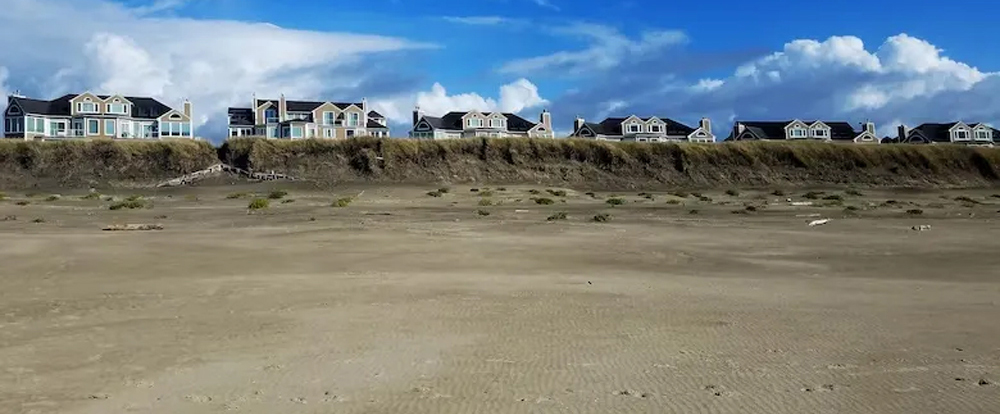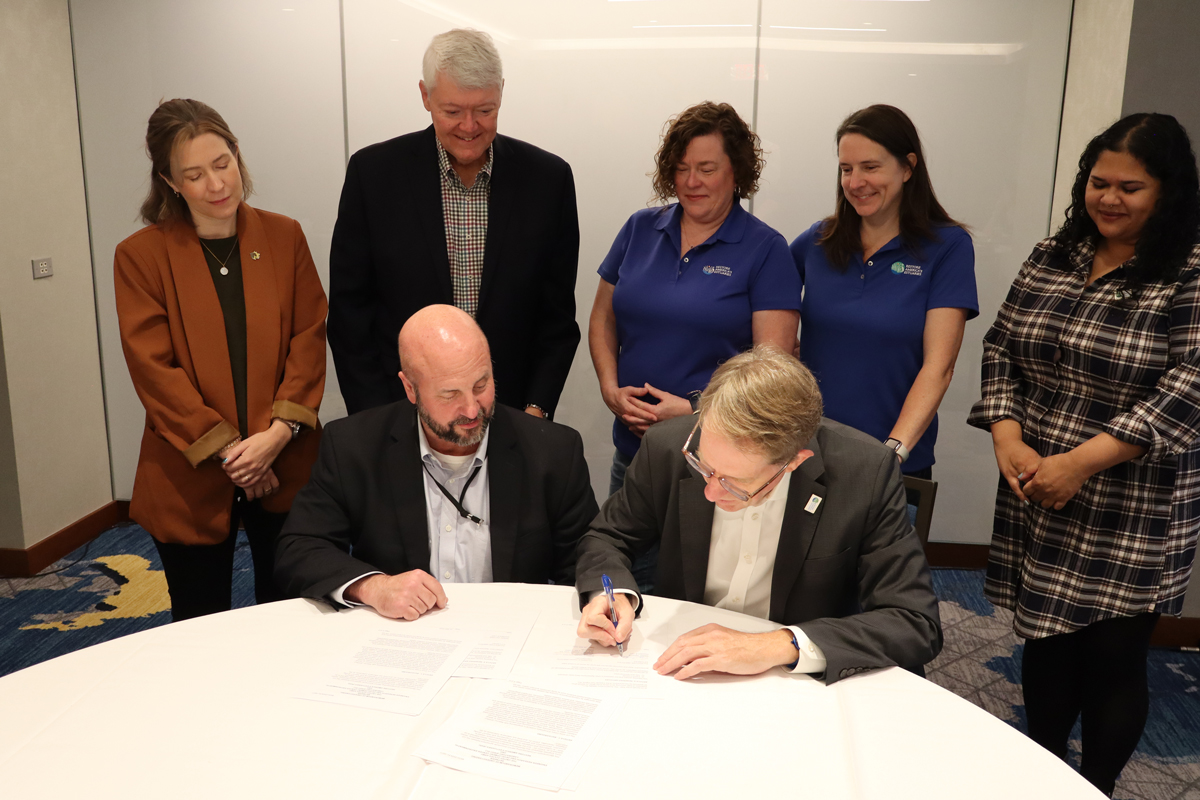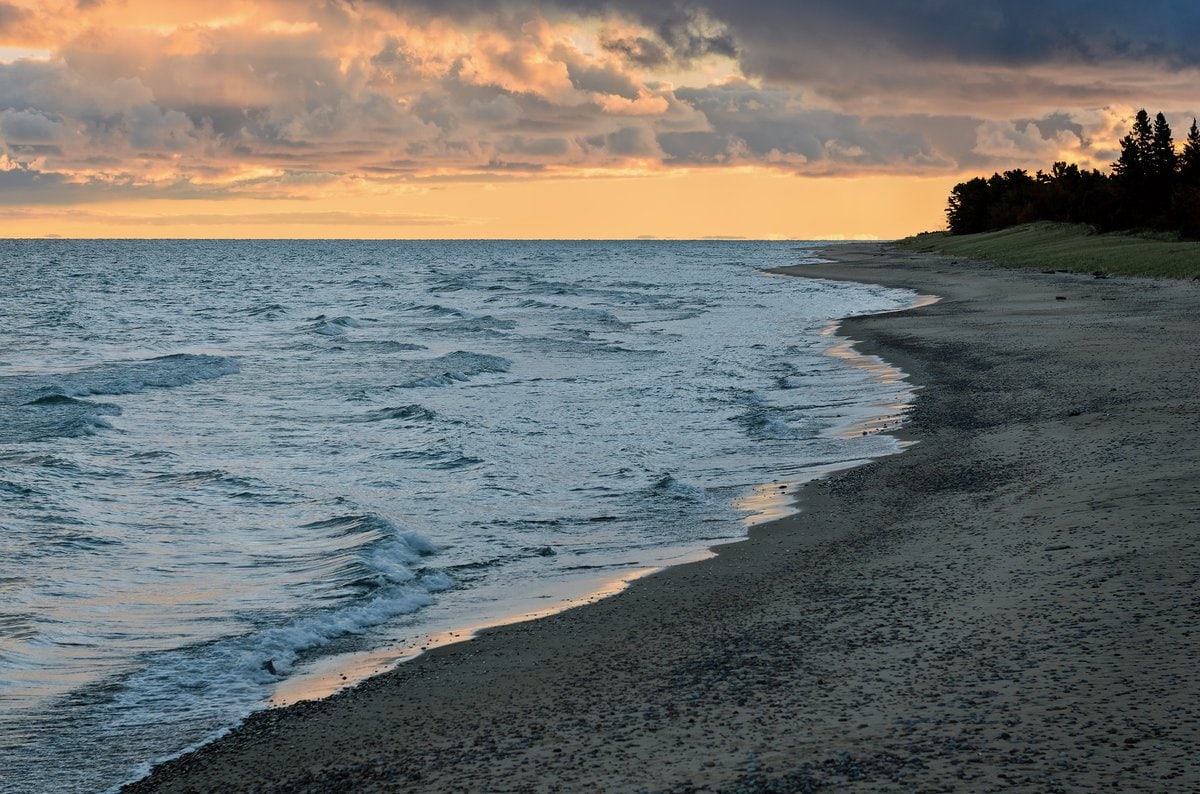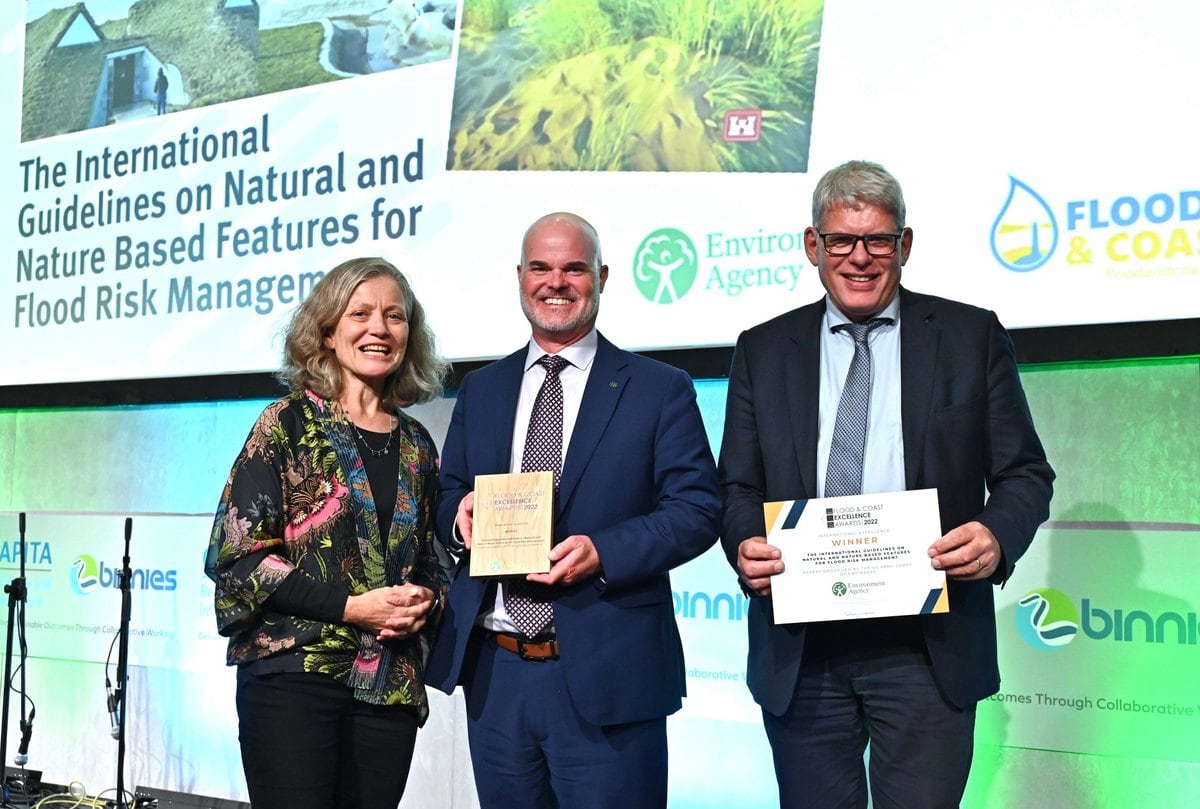By Joanne Castagna, Ed.D., public affairs specialist and writer, U.S. Army Corps of Engineers, New York District
In Rockaway Beach, New York, a remarkable effort is underway that combines nature-based solutions with strong community engagement to protect the coastline and improve the resilience of this vulnerable area. This collaborative endeavor is driven by a partnership between local nonprofits like RISE (Rockaway Initiative for Sustainability and Equity) and the U.S. Army Corps of Engineers (USACE), New York District, alongside various city and state agencies. Their shared goal: to fortify Rockaway Beach against the increasing threat of coastal storms while preserving and enhancing the local environment.
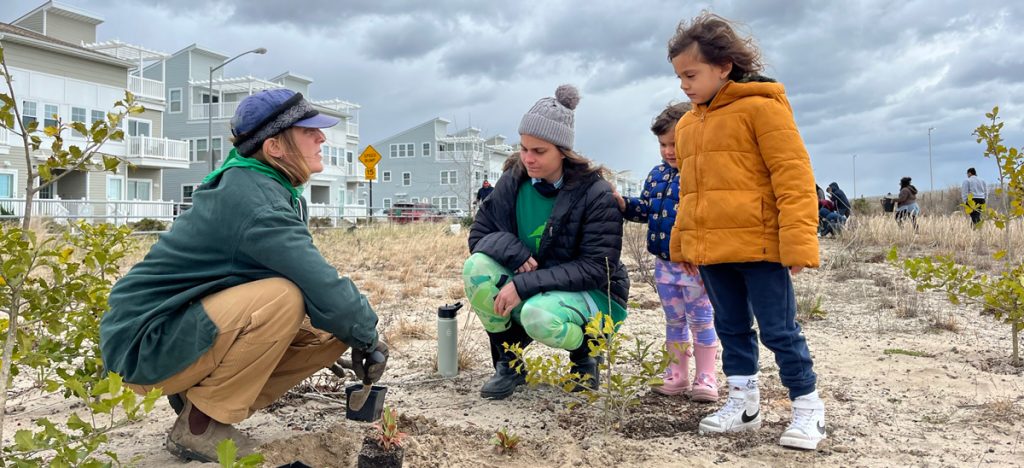
The focus of this project is on dune restoration and the integration of vegetation to create natural barriers against storm surges and flooding. These natural and nature-based features (NNBFs) are being used in conjunction with traditional infrastructure to offer a sustainable solution to coastal erosion and flood risk. The work being done at Rockaway Beach not only serves to protect the community but also provides a valuable habitat for local wildlife, further enriching the area’s natural ecosystem.
One inspiring aspect of this project is the deep involvement of the local community, spearheaded by the nonprofit RISE. The organization has mobilized residents, including individuals like Allan Little, a sixty-two-year-old Far Rockaway resident who is deaf, to participate in dune restoration efforts. Little, who previously worked at McDonald’s for twenty years before the pandemic, now finds purpose in contributing to the resilience of his community. “It keeps me active, moving, and out in nature,” he shares, emphasizing the personal benefits of his involvement. The sense of pride and accomplishment is palpable among the volunteers, who range in age from children to older adults.
Jeanne DuPont, founder and executive director of RISE, highlights the transformative impact of this community effort. “The work that Allan and the rest of our Dune Squad is performing is not only helping Rockaway Beach, but it is also making a positive impact on them and giving them a sense of pride. Allan is so excited about what he has been doing that he has even shared it with other deaf people. It’s also even encouraged his team to learn sign language.”
The Rockaway Beach community has long been vulnerable to coastal storms, experiencing significant erosion and sand loss over the years. The area was notably devastated by Superstorm Sandy in 2012, which caused severe beach erosion and flooding due to an unexpected storm surge that pushed 14-foot-high waves into the community. In response, the USACE has been working on long-term solutions to enhance the beach’s resilience, replenishing the sand and implementing flood risk reduction measures.
Currently, the project on the Atlantic Ocean side of the peninsula includes the construction of a large, reinforced dune designed to look like a natural feature but built with a 30-foot steel sheet pile wall and heavy armor stone for added protection. This “sand dune with a skeleton inside,” as former USACE project manager Daniel Falt describes it, will be covered with native vegetation to stabilize the sand and reduce erosion. Additionally, 19 groins—structures that extend perpendicular to the shore—have been constructed to limit sand movement and further reduce beach erosion.
On the Jamaica Bay side of the peninsula, the focus is on developing a variety of NNBFs and other flood reduction measures, including rock sills to dampen wave energy, stone revetments to protect against erosion, and bulkheads to stabilize the shoreline. The collaboration between USACE, RISE, and other partners is guided by the principles outlined in the International Guidelines on Natural and Nature-Based Features for Flood Risk Management, a report co-authored by USACE that has become a key reference in the industry.
Ahmed Radwan, project manager at the New York District, U.S. Army Corps of Engineers, underscores the importance of this collaborative approach: “The Rockaway Beach community was bombarded by the water surge from all directions—the Atlantic Ocean side and the Jamaica Bay side—causing extensive beach erosion and flooding. Our ongoing work here is essential to ensuring that this community is better protected against future storms.”
The success of the Rockaway Beach project stands as a model for sustainable coastal management. It demonstrates how traditional infrastructure can be effectively combined with community-driven initiatives and natural processes to protect and enhance coastal areas. As Jeanne DuPont notes, the transformation of Rockaway Beach is already visible: “The buses, trains, and subways are packed with beachgoers and people coming to see the piping plovers and terns in our new bird sanctuary and nature preserve. Not only are the beaches packed, but our waters are brimming with humpback whales, bottlenose dolphins, sharks, and manta rays. It’s really amazing that in New York City we have a shoreline like this. It’s beautiful. Really beautiful.”
For coverage of this inspiring project, visit any of the following outlets:
DVIDS article: Community RISES to Occasion – Rockaway Beach Coastal Restoration Project, New York City
